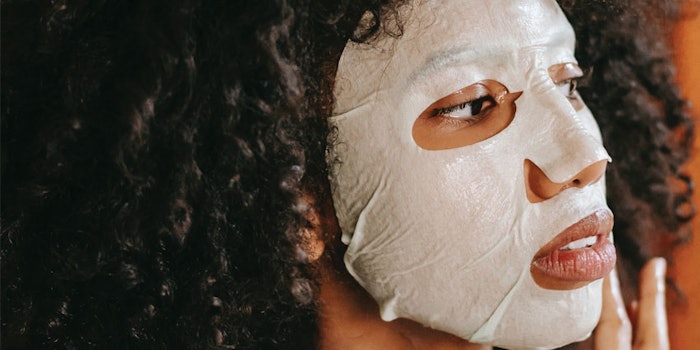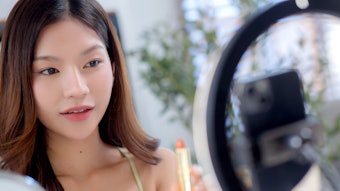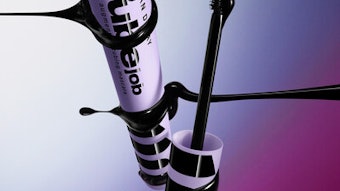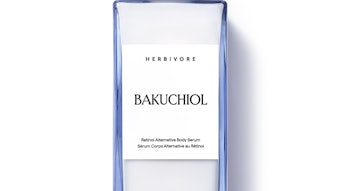
Diversity and inclusivity today power brands’ core values. Fashion seeks to challenge old stereotypes and norms, representing different body shapes, gender identities and skin tones. For the cosmetic industry, adapting to different skin tones and types is becoming essential to answering consumers’ needs from all communities, making them more comfortable and feeling included. What could be the first step of this smart evolution? Having inclusive clinical test for cosmetic ingredients.
Sebum and Melanated Skin
All skins produce sebum. It is essential for the skin health: it contributes to the hydration of the epidermis and the suppleness and softness of the epidermis. It is also the major biological driving force balancing the skin microbiota composition.
Nevertheless, an excess of the sebum production can lead to an oily skin condition. The sebum composition is equivalent among women of different ethnicities, containing mono, di- and triglycerides, waxes and esters, free fatty acids, squalene and cholesterol.2 However, the highly melanated skin features bigger sebaceous glands and produces more sebum relative to other skin types.
While being more impacted by oily skin status, we also notice a lower consumer satisfaction in panels of Black consumers regarding cosmetic products fighting oily skin. Indeed, while 67% of a global world panel with oily skin declared satisfaction with the products they use to fight their oily skin condition, only 51% of Black panelists agreed with this statement.
For the full article, check out Global Cosmetic Industry's November 2021 digital magazine.










